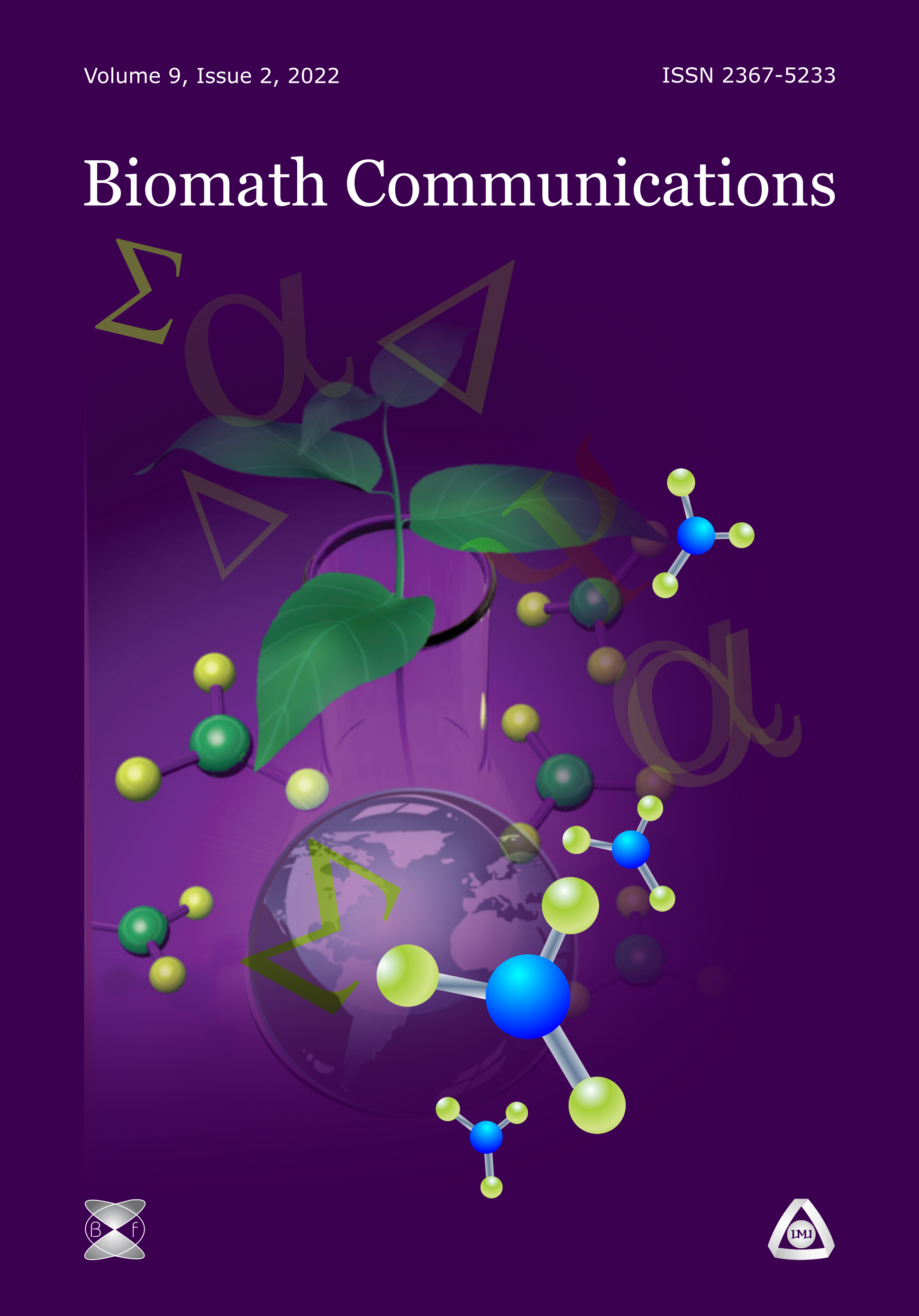Computer Modelling of RFA Hepatic Tumor Ablation in 3D
DOI:
https://doi.org/10.11145/300Abstract
The minimally invasive treatment called radio-frequency ablation(RFA) guided by imaging techniques, the doctor inserts a thin needlethrough the skin and into the tumor. High-frequency electrical energydelivered through this needle heats and destroys the tumor. Thecircuit is closed with a ground pad applied to the patient's skin.
This work concerns the mathematical modeling and computer simulations of the heat transfer process. The core is solving the bio-heat time-dependent partial differential equation of parabolic type. Both, a uniform discretization of the considered time interval and an adaptive time-stepping procedure are applied. The last one is due to an effort to decrease the simulation time. Computer simulation on geometry obtained from a magnetic resonance imaging (MRI) scan of the patient is performed.
In this paper we will focus on: (i) the heat transfer accounting the blood circulation in the small blood vessels, and (ii) the heat transfer accounting the blood circulation in the portal vein. Results of some numerical experiments performed on a selected test problems are presented and discussed.the model.
Downloads
Published
Issue
Section
License
The journal Biomath Communications is an open access journal. All published articles are immeditely available online and the respective DOI link activated. All articles can be access for free and no reader registration of any sort is required. No fees are charged to authors for article submission or processing. Online publications are funded through volunteer work, donations and grants.
Authors who publish with this journal agree to the following terms:
- Authors retain copyright and grant the journal right of first publication with the work simultaneously licensed under a Creative Commons Attribution License 4.0 that allows others to share the work with an acknowledgement of the work's authorship and initial publication in this journal.
- Authors are able to enter into separate, additional contractual arrangements for the non-exclusive distribution of the journal's published version of the work (e.g., post it to an institutional repository or publish it in a book), with an acknowledgement of its initial publication in this journal.
- Authors are permitted and encouraged to post their work online (e.g., in institutional repositories or on their website) prior to and during the submission process, as it can lead to productive exchanges, as well as earlier and greater citation of published work (See The Effect of Open Access).

